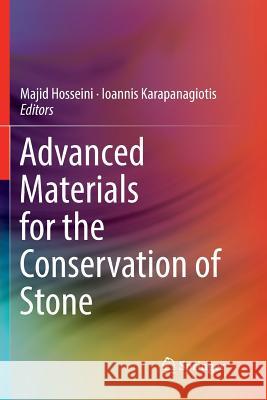Advanced Materials for the Conservation of Stone » książka
topmenu
Advanced Materials for the Conservation of Stone
ISBN-13: 9783319891637 / Angielski / Miękka / 2019 / 332 str.
Kategorie:
Kategorie BISAC:
Wydawca:
Springer
Język:
Angielski
ISBN-13:
9783319891637
Rok wydania:
2019
Wydanie:
Softcover Repri
Ilość stron:
332
Waga:
0.48 kg
Wymiary:
23.39 x 15.6 x 1.83
Oprawa:
Miękka
Wolumenów:
01
Dodatkowe informacje:
Wydanie ilustrowane











